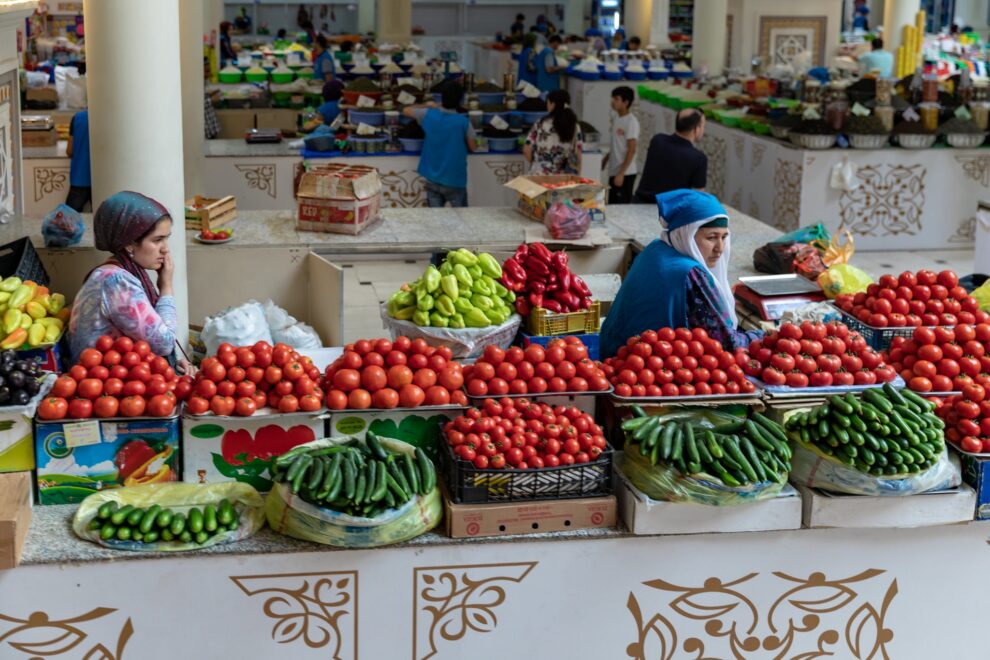Tajikistan’s president has held to a now 15-year-strong tradition by urging the public to ensure they stock up on food supplies for at least two years in case of a calamity striking.
Emomali Rahmon delivered the appeal in a January 27 speech marking Sada, a traditional Persian mid-winter festival that signals the start to preparations for the spring sowing season.
“I emphasize that every family in the country should have the necessary food supply for two years,” he said.
Rahmon cited the crowding challenges of climate change, population growth, and the unpredictability of the global food supply chain among the reasons to follow his advice.
This year, as always, however, Rahmon failed to explain where Tajikistan’s impoverished population is either supposed to procure so much food or, for that matter, where they are meant to store it.
The average salary in Tajikistan is around $130, and most families rely for survival on remittances from seasonal laborers in Russia. Increasing numbers of Tajiks are moving to cities to live in apartments where space is at a premium.
In 2022, independent newspaper Asia-Plus published an article offering readers tips on how food could be stored for two years. But even it had to concede, drawing on data produced by the country’s Nutrition Institute, that the amount of essential food needed by a family of five for a period of five months would weigh 1.4 tons.
The state standards agency, meanwhile, advises that food items suitable for storage for up to 24 months include sugar, honey, pasta, canned vegetables, jam, dried fruits, powdered milk, tea, coffee, cocoa, vegetable oil, rice, and flour.
Advice to rush out and buy large amounts of food is impractical for other reasons, though.
A Tajik economic affairs expert who spoke to Eurasianet on condition of anonymity said that if the wider public were able to heed Rahmon’s words, it would precipitate chaos in the food markets.
“Can you 10 million people rushing to the markets to buy food for two years? Our traders’ warehouses are not equipped to instantly supply the population for two months, let alone two years. Prices would immediately skyrocket, and food products would simply disappear from the markets and store shelves,” the expert said.
Events from recent history are a guide. As in many countries around the world, a run on food sparked by the spread of COVID-19 led to chronic shortages. Flour prices soared to $100 for 50 kilograms, up from $25 in normal times. The clamor was so great that the government had to step in to appeal to the public not to panic and listen to rumors.
Source: Eurasianet









